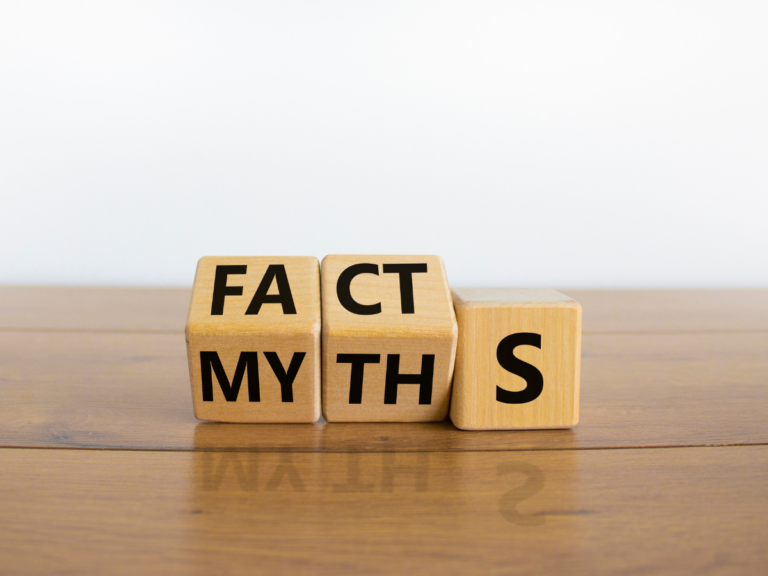The Alarming Prevalence of Erectile Dysfunction in America

Erectile dysfunction (ED) is often whispered about behind closed doors, but its prevalence in America might surprise — if not shock — many. It’s not just an issue faced by a select few; the numbers reveal a widespread challenge affecting millions of American men.
The Numbers Don’t Lie
According to a study from the Johns Hopkins Bloomberg School of Public Health, over 18 million men in the U.S. above the age of 20 experience difficulties having and maintaining an erection. Yes, you read that right: 18 million — that’s nearly 8% of the total male population!
Age Matters, But It’s Not Exclusive
Unsurprisingly, age plays a significant role in the prevalence of ED. Breaking it down:
Men aged 20-30: ED prevalence is around 6.5%.
By the time men reach 40, the prevalence nearly triples.
For those over 70, the number skyrockets, with over 70% experiencing some form of ED.
However, it’s crucial to understand that while the incidence increases with age, ED isn’t an “old man’s” condition. Young men are affected too, and the reasons extend beyond just physiological causes.
The Geographic Spread
In terms of geography, a study from the International Journal of Impotence Research identified that the Southern United States has a notably higher ED prevalence compared to other regions. Factors contributing to this include higher rates of obesity, diabetes, and hypertension in these areas — all of which are known contributors to ED.
Digging Deeper: The Underlying Reasons
Beyond age and regional factors, the causes of ED are manifold:
Medical Conditions: Diabetes remains one of the most significant contributors to ED. Men with diabetes are up to three times more likely to experience ED, with early onset noted. Heart disease, hypertension, and cholesterol imbalances also rank high on the list.
Lifestyle Choices: America’s struggle with obesity is no secret. With over 40% of adults classified as obese, according to the Centers for Disease Control and Prevention (CDC), the connection between obesity and ED becomes even more alarming. Smoking, excessive alcohol consumption, and substance abuse also play crucial roles.
Mental Health: Psychological factors, often underestimated, are major contributors. Depression, stress, anxiety, and other mental health issues can lead to or exacerbate ED. The modern American lifestyle, marked by high stress and often limited work-life balance, can act as a catalyst.
Medication: Several commonly prescribed medications list ED as a potential side effect. This includes drugs for hypertension, depression, and certain pain medications.
Implications Beyond Just Physical Health
The ripple effects of ED extend beyond physical health. The psychological and emotional repercussions can be profound. Men with ED often experience reduced self-esteem, depression, and anxiety. Relationships too can feel the strain, with both partners grappling with feelings of inadequacy, frustration, and disconnect.
Erectile dysfunction is not a fringe issue. It’s a silent epidemic sweeping across America, affecting men from all walks of life, ages, and backgrounds. The startling prevalence underscores the need for heightened awareness, open conversations, and comprehensive healthcare approaches.
Addressing ED isn’t just about treating a symptom; it’s about understanding and addressing the vast web of physiological, psychological, and lifestyle factors contributing to it. It’s high time we pull back the curtains on this prevalent issue and face the facts. Only through understanding and action can we hope to turn the tide.





